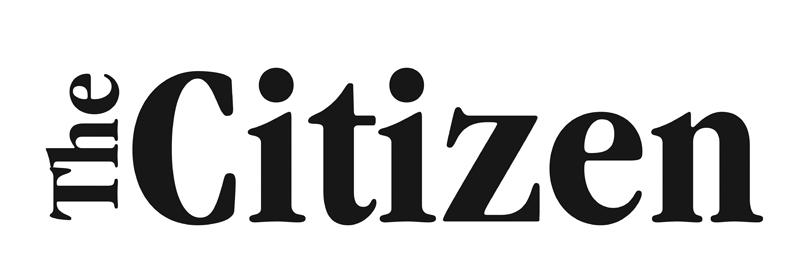The number of the day - Shawn's Sense with Shawn Loughlin
There is a situation here at The Citizen that still, to this day, causes me to wake up in the night, covered in a cold sweat, shouting incoherently and begging the gods of community journalism to take me now. It is, of course, the suggested Gypsy Lane renaming.
When the Blyth Festival created the Harvest Stage with a Gypsy Lane address, realizing that the term would appear on every ticket, the Festival, with the support of the BIA, initiated a discussion about renaming the street. There was an immediate backlash with some opining everything from the erasure of history to the incorrect opinion that the term is not racist. (We won’t be doing this again - ever - but the term is, in fact, racist in nature.)
This popped into my head earlier this week when I read Keith’s column. Far be it from me to summarize something you can read right now by shifting your sightline a few inches to the left, but he delved into the historical reconsideration of folks like Sir John A. Macdonald, Egerton Ryerson and more.
During the aforementioned dark times, Keith somewhat cheekily suggested a way to both honour the past, but change with the present. He thought naming it Romani Road would nod to the road’s history with those people and the village’s welcoming nature towards them (at a time when the world wasn’t) while avoiding the slur, using the proper, preferred term for the Romani people. Such a simple, common-sensical solution, of course, has no place in the world, so it was shot down, but having the discussion at all was likely a positive step. I always say that the real renaming of Gypsy Lane was the enemies we made along the way.
I say all of this as prologue to my similarly simple, common-sensical plan to name streets that I discussed with Denny and others around the time of the debate. Number the streets.
You know who never owned slaves? The number one. You know who isn’t a rapist? The number seven. The number 18 doesn’t have a dark, racist Tweet thread from 15 years ago that it hopes no one ever discovers and the number 29 has never gotten drunk and unleashed a homophobic tirade that TMZ will unearth years from now. Not going to happen.
First Street, Second Street, Third Street, etc. It’s simple, yet brilliant. Have you ever been to New York City? It’s one of the busiest, most complicated and unforgiving cities to navigate, and yet, it’s almost impossible to get lost there.
Do you know why? How about you count to 10 and then answer. It’s because the streets, with few exceptions, are all numbered. Manhattan is an island with a dense grid of streets running mostly north and south and east and west. There are very few diagonal streets in Manhattan (Bowery and Broadway, I’m looking in your direction), so even an address can communicate where on the island it is.
McSorley’s Old Ale House on East 7th Avenue, for example, is in the south end of the island, because the numbers start in the south. The Apollo Theater, in the Harlem area of New York, is on West 125th Street. Way up north. Plus, the east and west indicators tell you if the address you’re looking for is on the east or west side of 5th Avenue. The streets continue into the mid-200s as they climb further north.
Back in the day, when you had to walk around a city you didn’t know with either a map or a travel guide, navigating a city like New York was a treat. And I can tell you this, we’re never going to have to suffer through articles in The Atlantic about how we need to come to terms with the legacy of a number and decide if we can separate its numerical value from its checkered past.

